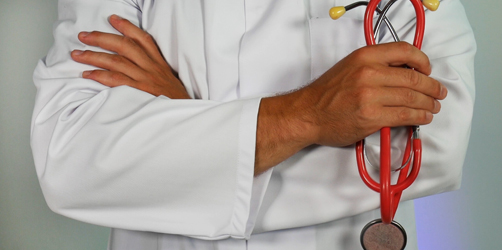Direct current (DC) cardioversion
Delivering an electric shock to reset the heart is a commonly performed procedure and is done by giving a brief anaesthetic to avoid any discomfort. The most common problem after a DC cardioversion is painful skin burns.
It is a safe procedure in which the commonest complication is stroke which occurs in 1% of patients. Cardioversion does not alter the underlying causes for the patient going into AF and therefore reversion to AF after cardioversion is common with 50% of patients being in AF 6 weeks after cardioversion and this figure continues to increase as time goes on. It is therefore very important that if you are at risk of stroke
YOU SHOULD CONTINUE ANTICOAGULATION AFTER DC CARDIOVERSION WHETHER YOU ARE IN SINUS RHYTHM OR NOT.
* [1] The Protect AF study. Lancet 2009; 374: 534–42
Benefits
- It is easy to do and is often successful in restoring sinus rhythm. It is particularly useful if AF has been induced by some reversible cause e.g. a chest infection
Success Rates
- 60 to 95% of patients are successfully cardioverted but many recur to AF after a short time
Risks
- Stroke occurs in 1% of patients as a result of cardioversion


